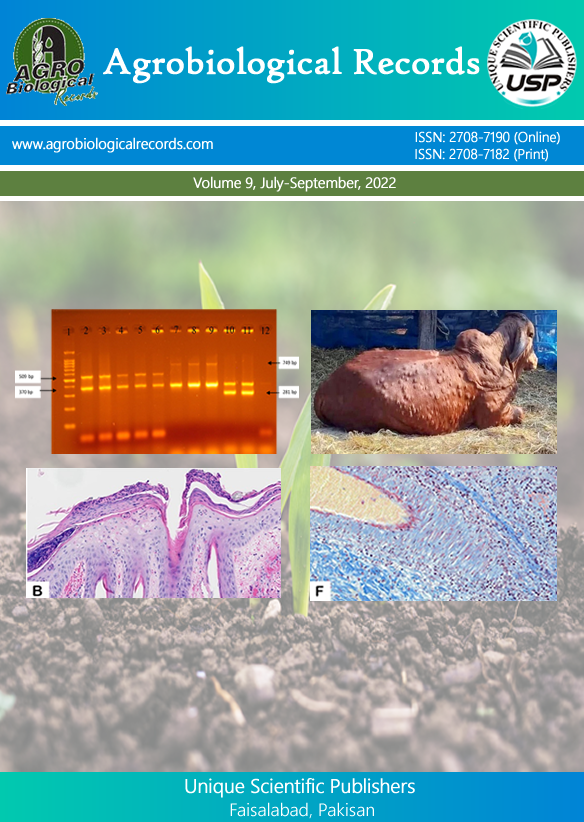
Aqsa Shafiq1, Muhammad Aftab2,3,4*, Muhammad Shahzaib Rasheed5, Iqra Awan6, Alishba Nadeem2, Muhammad Tahir Khalil7, Muhammad Mumtaz Ali8, Hasnat Ahmad Saeed9 and Muhammad Zubair Zafar5*
1Department of Zoology, University of Okara, Pakistan 2Pathophysiology Department, School of Basic Medical Sciences, Zhengzhou University, Zhengzhou, 450001, China 3Tianjian Laboratory of Advanced Biomedical Sciences, Academy of Medical Sciences, Zhengzhou University, Zhengzhou, 450001, China 4State Key Laboratory of Esophageal Cancer Prevention and Treatment, Zhengzhou, Henan 450000, China 5Faisalabad Medical University, Allied Hospital Faisalabad, Pakistan 6Women medical officer at Rabia Welfare Hospital Lahore, Pakistan 7College of Chemistry, Zhengzhou University, Zhengzhou 450001, China 8School of Computer and Artificial Intelligence, Zhengzhou University, Zhengzhou 450001, China 9McMaster University1280 Main St W, Hamilton, ON. Canada
*Corresponding author: maftab@gs.zzu.edu.cn (MA); zafarzubairrana@gmail.com (MZZ)
The presence of Fusobacterium nucleatum in ESCC is strongly correlated with a poor prognosis. This study investigates the influence of F. nucleatum infection on the expression of hypoxia-inducible factor-1? (HIF-1?) and glutathione peroxidase 4 (GPX4) proteins in esophageal squamous cell carcinoma (ESCC) and its effect on patient outcomes. The ESCC cell lines KYSE30 and KYSE150 were categorized into control and F. nucleatum-infected groups, with infection periods of 12, 24, and 48 hours. Oxidative stress indicators, such as reactive oxygen species (ROS) and malondialdehyde (MDA), were measured, whereas cisplatin (CDDP) sensitivity was assessed by half-maximal inhibitory concentration (IC50) values utilizing the CCK-8 assay. Protein expression levels of HIF-1? and GPX4 were assessed by Western blot analysis. F. nucleatum was identified in 222 ESCC and corresponding normal esophageal tissue samples via the RuneScape method. Immunohistochemistry was employed to examine HIF-1? and GPX4 expression, while Kaplan-Meier survival analysis assessed postoperative outcomes in ESCC patients with and without F. nucleatum infection. Findings indicated that F. nucleatum infection markedly increased HIF-1? and GPX4 protein levels in KYSE30 and KYSE150 cells in a time-dependent manner produced oxidative stress, and reduced sensitivity to CDDP (P<0.05). Inpatient tissue samples, F. nucleatum infection, and the upregulation of HIF-1? and GPX4 were significantly elevated in tumor tissues relative to neighboring normal tissues (P<0.05). F. nucleatum infection was strongly correlated with male sex, smoking, alcohol intake, suboptimal tumor differentiation, fibrous membrane invasion, lymph node metastasis, and advanced TNM stages III/IV (P<0.05). Survival study revealed inferior surgical outcomes in ESCC patients with F. nucleatum infection (P<0.001). In summary, F. nucleatum infection promotes ferroptosis in ESCC, worsening disease development and adversely affecting patient prognosis.